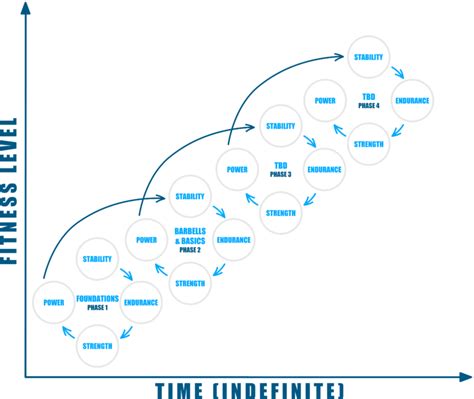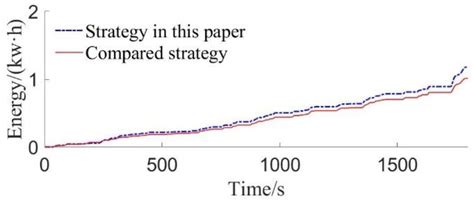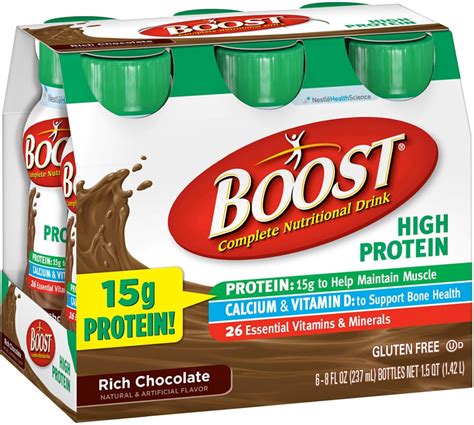Stuck on a strength plateau? How to optimize training for peak muscle & power?

Conquering the Strength Plateau: A Guide to Peak Performance
Hitting a wall in your strength training journey is a common, yet frustrating, experience. You’ve been consistent, pushed hard, but the numbers on the bar just aren’t moving. This isn’t a sign of failure; it’s a signal that your body has adapted to your current training stimulus, and it’s time for a smarter, more strategic approach. To unlock new levels of muscle and power, you need to optimize every facet of your training.

Beyond Simple Progression: Rethink Progressive Overload
The core principle of strength gain is progressive overload: consistently challenging your muscles more than they’re used to. However, many lifters only think of this as adding more weight. True progressive overload encompasses multiple variables:
- Increased Weight: The most obvious, but not the only, method.
- Increased Reps/Sets: Doing more work with the same weight.
- Decreased Rest Times: Performing the same work in less time.
- Improved Exercise Form: Better technique allows you to lift more efficiently and safely.
- Increased Time Under Tension (TUT): Slower eccentric (lowering) phases or paused reps.
- Increased Frequency: Training a muscle group more often.
- New Exercises: Introducing variations or entirely new movements.
Varying these factors strategically will keep your muscles guessing and continuously adapting.
The Power of Periodization: Structuring Your Training Cycles
Periodization involves systematically varying your training volume, intensity, and exercise selection over planned cycles to maximize performance and prevent overtraining. Instead of endless linear progression, periodization allows for planned peaks and troughs.

Common Periodization Models:
- Linear Periodization: Gradually increases intensity while decreasing volume over weeks or months, culminating in a strength peak.
- Undulating Periodization: Varies intensity and volume more frequently (e.g., daily or weekly), allowing for different adaptations (strength, hypertrophy, power) within a shorter cycle.
- Block Periodization: Focuses on specific qualities (e.g., hypertrophy, strength, power) in distinct blocks, with each block building upon the previous one.
Implementing a periodized plan helps manage fatigue, allows for recovery, and ensures you’re consistently introducing new stimuli.
Advanced Techniques for New Stimuli
Once you have a solid foundation, incorporating advanced training techniques can provide the shock your muscles need to break through plateaus:
- Drop Sets: Perform a set to failure, then immediately reduce the weight and continue for more reps.
- Supersets/Giant Sets: Performing two or more exercises back-to-back with minimal rest for the same or opposing muscle groups.
- Cluster Sets: Breaking a set into mini-sets with short intra-set rests (e.g., 5×1 with 15 seconds rest, instead of 1×5). This allows for more reps with heavier loads.
- Eccentric Training: Emphasizing the lowering phase of a lift, as muscles are stronger eccentrically and this can cause more muscle damage and subsequent growth.
- Partial Reps/Holds: Using heavier loads for only a portion of the range of motion or holding a weight statically to overload specific points.

Optimizing Volume, Intensity, and Frequency
The ‘Goldilocks’ principle applies here: not too much, not too little, but just right. The optimal balance depends on your individual recovery capacity, training experience, and specific goals.Experiment with:
- Volume: The total amount of work (sets x reps x weight). High volume typically correlates with hypertrophy.
- Intensity: The percentage of your one-rep max (1RM) used. High intensity (85% 1RM+) is key for strength and power.
- Frequency: How often you train a muscle group. Training a muscle group 2-3 times a week is often superior to once a week for both strength and hypertrophy.

The Unsung Heroes: Nutrition and Recovery
Even the most perfectly optimized training plan will fail without adequate support from nutrition and recovery. Your body builds muscle and power outside the gym.
- Nutrition: Ensure a sufficient caloric intake, especially adequate protein (1.6-2.2g per kg of body weight) to support muscle repair and growth. Don’t neglect healthy fats and complex carbohydrates for energy.
- Sleep: Aim for 7-9 hours of quality sleep per night. This is when your body releases growth hormone and repairs tissues.
- Hydration: Dehydration significantly impairs performance and recovery. Drink plenty of water throughout the day.
- Stress Management: Chronic stress elevates cortisol, which can hinder recovery and muscle growth.

Listen to Your Body and Implement Deloads
Overtraining is the enemy of progress. If you’re constantly fatigued, experiencing persistent muscle soreness, or seeing a decrease in performance, it’s time to listen to your body. Regular deload weeks (reducing volume and/or intensity significantly for a week) are crucial for active recovery, injury prevention, and allowing your body to supercompensate, leading to new strength gains.
Conclusion
Breaking through a strength plateau isn’t about working harder, but working smarter. By strategically varying your progressive overload, implementing periodization, utilizing advanced training techniques, and meticulously managing your nutrition and recovery, you can provide your body with the novel stimuli it needs to continue adapting, growing, and ultimately, achieving peak muscle and power. Consistency, patience, and a willingness to adapt your approach are your greatest assets in this journey.









